This is my first floor plan using Chief Architect, so there are several imperfections where I’m still getting used to the software. I didn’t know how to save the file as a picture that could be uploaded, so I juswt did a screen shot. If the dimensions aren’t big enough, please let me know how I can fix it.
On to a little background about myself. I’m 25, graduated from college debt free and have had a good steady job for about 2 years (what I consider to be my permanent job). I have a few other side jobs for extra income (I figure while I’m young, I might as well pay off as much of the house as possible). My significant other still has several years of school left and doesn’t have a good credit score or any significant income, so I’ll be doing this build with the help of my parents as co-signers. I still have about a year before I plan on breaking ground. I’ll be using the time to pay off the land, save the downpayment and perfect the plans. I’ve chosen a contactor and bank, and am still working on finding an architect.
My original plan was to be my own GC, which turned into doing as much of the DIY as possible, which has now turned into having the GC build the first floor and second floor master suite. The rest of the second floor will remain unfinished (with some basics put in like framing, electrical and plumbing), and will be a future DIY project once the initial build is done and there’s no concern about delaying construction.
If there’s anything that can be cut to reduce space, I’d love to hear all suggestions. I’d like to have the unfinished portion be around 2500 sq feet. This is what I had before I added the porches/balcony, and somehow the living space jumped by about 200 sq ft. I’m not sure if there was something that I didn’t mark as livable space earlier or if I just accidentally marked something wrong.
Here’s some additional information about the land and current plan. The land is .58 acres in a residential neighborhood on a corner with one side opening up onto a dead end street.
--To save on costs, I’m sticking to as few corners as possible, so I’d like to avoid anything jutting out/in (I’ve seen this is common for foyers and breakfast areas). I’m curious to know how much cost will be added for the large porch in the front though.
--I don’t like the idea of the garage being in the front of the house (garage with a house attached… ). It’s current location has it opening up to the dead end, allowing for a short drive way. The downside is that it takes away from my backyard space.
--I’m limited in the width of the property. To allow for a porch and enough distance from the neighbors, I’d like to have a maximum of 48 ft as the width. The length is where I have plenty of flex room.
--I have the kitchen on the ‘street’ side rather than the neighbor side to allow for more windows and natural light. I also like the side entry from the porch into the laundry room/half bath to allow kids to run in and out without tracking dirt throughout the house.
--The den can be converted to a guest room/spare kids room which is why I have a full bath next door.
--The first floor bedroom is my guest suite/in law suite which can also be used as the master in times of injury, pregnancy, etc…
--I’ve never cared to see stairs right as I enter a house, which is why I have my stairs in the back. I’ve always liked the idea of coming downstairs into the kitchen for breakfast or into the living room on Christmas morning. Having them at the back allows both of these scenarios. Basement stairs will be directly under the 1st floor stairs.
--I’ve struggled with the living room. I don’t like having the tv above the fireplace (don’t like looking up), but I don’t know how well two focal points would work (TV and fireplace). I went with the corner fireplace and extended the wall to have a larger hallway, but I’m not sure if I like this arrangement yet.
--I grew up with a larger sunroom and have always wanted another one, so I’ve added a small sunroom/sitting area. I’m still not sure about the connection to the living room though (if it would be better to leave it open for example).
--I have no vaulted ceilings and haven’t decided on how high to make certain areas. I’m leaning towards 10 for public areas and 9 for bedrooms.
--I want separation from the kitchen to the dining room and I used a pantry to create that. However, it’s left extra space. I’m not opposed to having a second pantry, but I want to use the space as efficiently as possible.
--The plan doesn’t really show it well, but the kitchen island is a half island/half bar (I haven’t quite worked out where everything will go �" stove, refrigerator, etc…)
--The laundry room is pretty small because eventually I will have a larger laundry room on the second floor in the unfinished section.
--The second floor stairs are to the attic (I don’t like the pull down stairs). The entire section is over the garage so that I can enjoy the outside view from the master suite and have some separation from the future kids rooms in the unfinished portions. I know this will require extras insulation/sound proofing, but think the view of the woods out back will be worth it.
Finally, thanks to everyone that took the time to read this and is offering insight. I’m looking forward to hearing everyone’s suggestions and input!
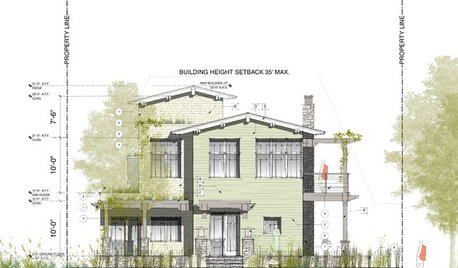
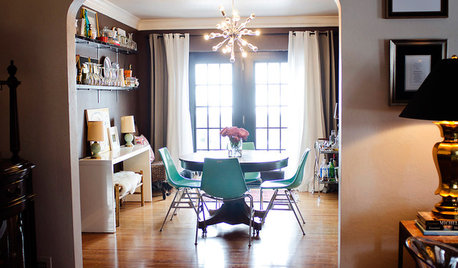


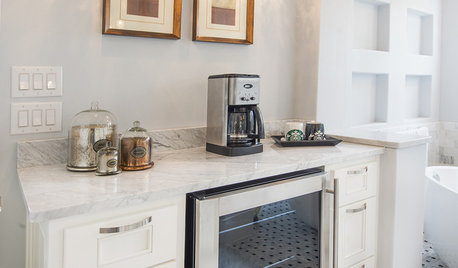
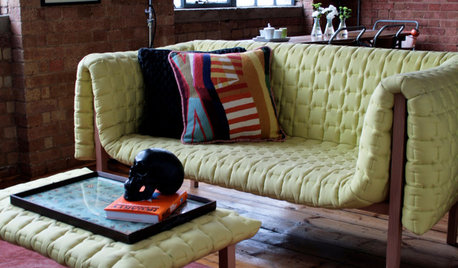
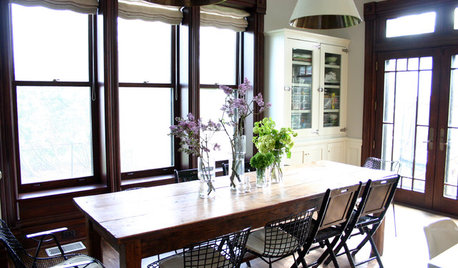
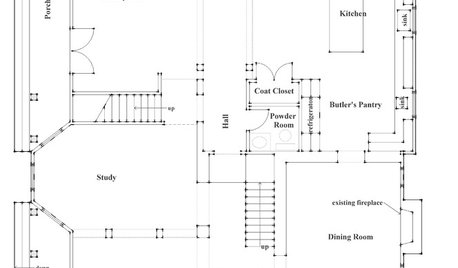
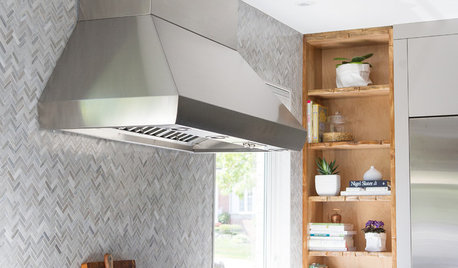









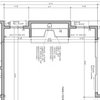
thecatsmeowthOriginal Author
thecatsmeowthOriginal Author
Alex House
thecatsmeowthOriginal Author
Alex House
thecatsmeowthOriginal Author
User
User
User
thecatsmeowthOriginal Author
thecatsmeowthOriginal Author